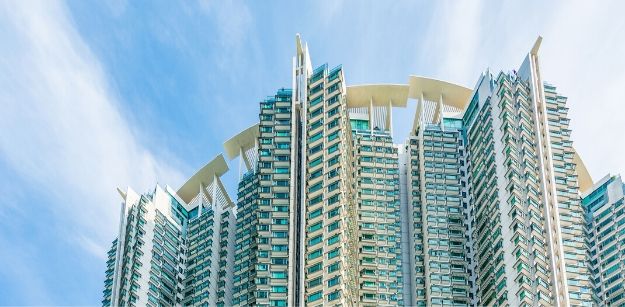Are you looking for a new home? Are you confused about what kind of house you should buy? Well, when deciding on the type of home you would like to purchase, it is important to know what is available. Whether townhouse homes or single-family homes, what is how it suits your lifestyle and if it can evolve with your needs in the future.


There are many types of residential buildings that you can choose from. In this article, we help list down each of these and enable you to narrow down your search based on what interests you the best. Consider this article as a handy guide as it helps you understand the characteristics, pros, and cons of each type of residential building.
Single-Family Home
A single-family home is basically a private property residence. You can either buy the house or choose to be the tenant. In the event that you buy the house, you become the owner of the building and can do what you feel best with that property. You can do so without violating the city, state, and county laws. However, it is important to understand that single-family homes are in subdivisions and have their own Homeowners Association or HOA. The HOA has its own set of rules and regulations that need to be abided.
With single-family homes, you have more privacy and space. At times such dwellings also come with private front and back yards. Since you don’t have to share the property with anyone, you can design it the way you like. Additionally, you would have a reliable resell value than other house structures. However, such a residential structure also requires maintenance and other costs that the homeowner is responsible for.
Condominium
A condominium is also known as a condo. It is a single unit within a larger building or community. Condos generally share a wall or more with other units and also come with Homeowners Association or HOA. The HOA requires the residents to usually pay monthly or yearly dues. Such dwellings are quite popular in urban and high populated areas surrounded by many restaurants and shops.
Such a residential structure comes with minimal maintenance responsibility. In fact, it is the duty of the HOA to also contribute to the upkeep. Some condos also offer additional amenities like gyms, lounge areas, pools, parking, etc. Such amenities might fall out of space in a single-family home.
Since the condos are regulated by the HOA, you might not be able to design your home the way you want. HOAs maintain uniformity. So even if you want to replace the windows, you need to get the right permissions from the HOA. Additionally, since you would be sharing space with other residents, you will not have privacy.
Townhouse
Townhouses are a combination of condos and single-family homes. These come in multiple floors with a few shared walls. Such buildings have smaller yards and less rooftop deck space. These are usually larger as compared to condos, but not as large as single-family homes.
With Townhouse comes more privacy as compared to a condo. Even though some townhouses have HOA maintenance agreements and upkeep costs, they are highly affordable as compared to single-family homes. However, townhouses do not offer any additional amenities like gyms, pools, etc.
Cooperatives
Co-ops or cooperatives are quite different kinds of residential buildings. It is a sort of a shared building. Unlike a condo wherein you can own space within your unit, in a co-op, all the residents own the building together. Since this includes shared responsibilities, you might have to go through some interview processes to be a part of this community.
Since there are shared responsibilities, the cost of HOA is quite low and less expensive as compared to condos. However, in the event that a resident fails to pay their mortgage, the bank has the authority to foreclose the whole building. If you opt for a co-op, you need to understand that it is quite difficult to get a loan. Mostly, such co-ops need a higher amount for the down payment, and some banks are not the favor of supporting such loan holders.
Conclusion
With so many types of residential buildings, you should be able to narrow down your search and parameters list by now. You need to put in a lot of time and effort to look for the perfect or at least next to the perfect home for you and your family.
You can also gain a lot of knowledge about the property by looking through public records, speaking to the residents, and the most important is to find a trustworthy realtor. When you plan to visit the location, make it a point to take a mortgage professional and a known home inspector with you. Buying a home is a huge step in one’s life, and you must analyze from every perspective possible.



